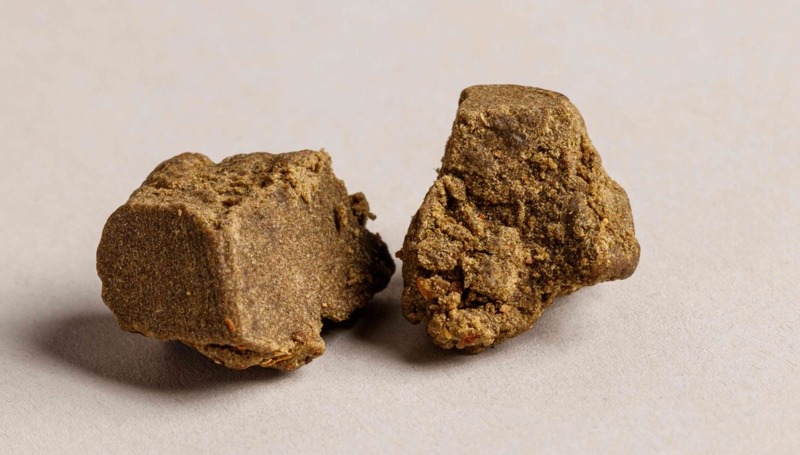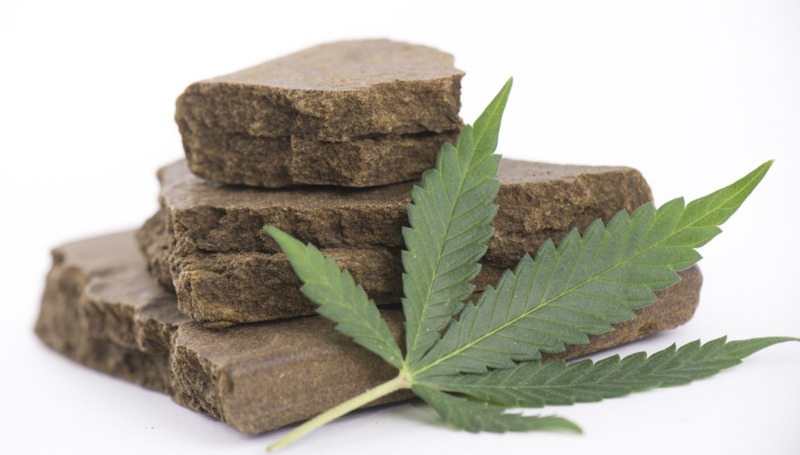The most popular names are: boom, gangster, hash, hemp. The terms 710, wax, ear wax, honey oil, budder (butane) and other similar ones are used to describe marijuana concentrates. shatter is another name for cannabis concentrates. Note: Street names are subject to frequent changes and may vary by location in the United States. Looking to try something new? Check out this.
What s Hashish And How Is It Used?
- Hashish, often known as hash, is a powerful type of cannabis (marijuana) produced by compressing and collecting the most potent component of plants.
- Trichomes are the fine growths on cannabis plants that produce a sticky resin.
- Marijuana is a green, brown or gray mixture of dried, shredded leaves, stems, seeds and flowers of the hemp plant Cannabis sativa.

Hashish is a resinous substance extracted from hashish plants. Hashish contains the same active components as marijuana, but in greater amounts. Marijuana strains known as “sinsemilla,” “hashish” and “hash oil” are more powerful variations of the plant. THC concentrates include things that can be turned into an oil or a black waxy material by being processed.
Hashish or extracts are usually smoked in a pipe, bong, or “dab” using a specific tool or vaporizer (vape) pen. It may be rolled into a “blunt” (from an empty cigar) using marijuana or tobacco. It can also be used to flavor food or brewed as a tea.
Abusers of marijuana concentrates generally prefer using a vaporizer since it’s smokeless, odor-free, and portable. “Dabbing” or “vaping” is the act of consuming marijuana concentrates using an e-cigarette/vaporizer.
The strength or potency of THC in marijuana determines its effects on the user. Hashish contains the same active chemicals as marijuana, such as THC and other cannabinoids, but in much higher concentrations. The amounts can vary depending on the product.
THC extraction is becoming increasingly popular as laws related to marijuana use for recreational purposes have relaxed in the United States. Marijuana concentrates have extremely high amounts of THC, ranging from 40 to 80 percent, and may be four times more powerful than marijuana in terms of THC content.
Butane is a common solvent used in the production of butane hash oil (BHO), also known as amber, dab, glass, honey, butter, shatter, or wax. Extraction is hazardous since it involves using highly volatile butane to extract cannabis from plant material. Explosions and severe burns have been reported.
Understand the Risks
Short-term effects of hashish include learning and memory difficulties, difficulty with thinking and problem solving, altered perception (sights, sounds, time, touch), motor coordination problems, increased heart rate, and anxiety. These influences are amplified when a person uses hashish in combination with other substances. Dry mouth is another possible result of hashish usage.
Hashish causes chronic cough and bronchitis, as well as the risk of schizophrenia in susceptible people. It might raise the chance of anxiety, sadness, and a set of attitude and personality changes known as “amotivational syndrome.” This condition is defined by an inability to carry out long-term objectives, a sense of apathy, decreased attention to appearance and behavior, and a reduced ability to concentrate for lengthy periods of time. Poor academic performance can also be a result of these changes. Hashish addiction is possible. It affects the brain’s reward system in the same way as other drugs of addiction, and the chances of addiction rise significantly for people who start young.
Identify & Address Use
Slurred speech, loss of motor coordination, and aberrant perception are all symptoms of long-term hashish use. If you’re worried that your youngster is using hashish or another drugs, the following measures can help you address the problem more successfully.
Marijuana and Hashish Side Effects
Marijuana and hashish use are often grouped together in national surveys on usage and abuse. According to the 2015 NSDUH, nearly 45% of adults aged 12 and older in the United States had ever used marijuana or hashish. It’s difficult to determine how many people use hashish or marijuana specifically, though marijuana usage is more common in the United States while hashish may be a more typical form of the drug in the Middle East, where it is frequently trafficked from.
Marijuana is frequently used by teenagers and young adults. According to the 2013 National Survey on Drug Use and Health (NSDUH), approximately one out of every seven adolescents reported using marijuana in the month before the survey.
Marijuana and hashish are considered unlawful throughout the United States, as the DEA classifies cannabis as a Schedule I controlled substance with no established medical uses. Marijuana may be used to relieve pain and anxiety while also enhancing appetite and acting as an anti-emetic, although these claims remain under investigation.
Effects of Marijuana and Hashish on the Brain and Body
Marijuana and hashish have comparable effects on the brain and body since they both contain THC. Cannabis induces a relaxing “high,” characterized by euphoria, lack of motivation, poor motor control, increased hunger, memory loss, and altered sense of time and sensations. It’s possible that long-term cannabis usage can cause lung and breathing difficulties, slowed heart rate, cognitive decline, and developmental problems in children exposed to it.
With time, and with continued usage, cannabis or hashish dependence may develop. When the drug leaves the body, withdrawal symptoms such as anxiety, sadness, irritability, sleeplessness, restlessness, cravings for sweets or carbohydrates (thighs), loss of appetite (depression), cognitive impairment (mood disorders) and memory blackouts can emerge. It also has the potential for being addictive because NIDA warns that up to a third of those who use marijuana on a daily basis might become hooked.
